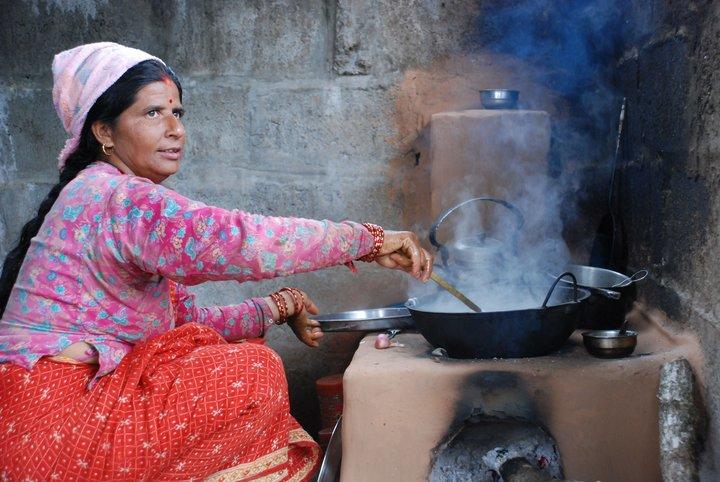Food production and processing as core aspects of nutrition-sensitive agriculture and sustainable diets

New terms such as ‘nutrition-sensitive agriculture’ and ‘sustainable diets’ are influencing policies and global programmes. Bioversity International researcher explains why in light of a new paper.
How to address malnutrition and hunger remains central to global debates. Latest figures from the Food and Agriculture Organization of the UN (FAO) estimate that approximately 900 million people are undernourished, but this is just a small part of the global burden of malnutrition which affects all countries in the world. The World Health Organization estimates that 2 billion people suffer from one or more micronutrient deficiencies. In addition, overweight and obesity affect approximately 1.5 billion people and the numbers are increasing especially among children.
While agricultural research and development agendas still mainly focus on producing more calories and maximizing food production while minimizing costs, relatively new terms such as ‘nutrition-sensitive agriculture’ and ‘sustainable diets’ are influencing policies and programmes.
Gudrun Keding, a Bioversity International Postdoctoral Fellow based in Nairobi, Kenya, and co-author of a newly published research paper ‘Production and processing of foods as core aspects of nutrition-sensitive agriculture and sustainable diets’, published in the November issue of Food Security, sets out to explain more about what these terms mean.
“Nutrition-sensitive agriculture and sustainable diets are becoming complementary terms in research-for-development agendas that seek not only to address hunger and malnutrition, but also to alleviate poverty and conserve the environment for future generations,” Keding explains.
“A nutrition-sensitive agricultural approach puts nutrition as a main goal of agriculture while a sustainable diets approach puts the health benefits, cultural acceptability, affordability, sustainability and low environmental impacts as central to food production, processing and marketing. How these complementary objectives could be achieved step-by-step was the basis of the research paper,” Keding continues.
The paper, one of a series of papers on nutrition-sensitive agriculture, focuses especially on agricultural production and food processing. It proposes a systematic trans-disciplinary approach that brings together different actors (agriculture, nutrition and health sectors) at different levels (research, extension and political), to achieve these multi-disciplinary aims of nutrition and sustainability. The paper is divided into three sections:
- Food production – the paper looks at five main factors connected with food production - water, soil, agricultural biodiversity, health hazards and seasonality - that directly or indirectly influence nutritional health. For example, helping smallholder farmers to use low cost and low-input methods, such as the carbon dioxide produced by composting materials, to kill insect pests that can attack grain in storage.
- Food processing – the paper gives an overview of entry points for nutrition in post-harvest processing methods - at the factory, household and individual level. For example, a sophisticated cropping schedule which includes diversification of crops, can distribute planting and harvesting more evenly, easing women’s agricultural burden which in a study in Bolivia, contributed to better nutrition.
- Education and knowledge – the paper proposes that to achieve nutrition-sensitive agriculture, stakeholders in the agricultural, nutrition and health sectors need to be aware of what constitutes a healthy and balanced diet. Consumers also need to be educated so they can make good choices from what is locally available and accessible to them.
The three authors of the paper agree that it is only by working across disciplines that we will see a shift and are keen to stress see the need for this in all future initiatives:
“One example we use in the paper is that of fruit and vegetables,” they explain. Nutritionists can do more to promote the healthy ‘5-a-day’ to consumers but this only works if these are accessible at a local level.
For example: agricultural researchers need to find better ways to store and process these highly perishable foods; farmers need access to seeds and incentives to grow them in sufficient quantities; the fruits and vegetables need to be culturally acceptable at the community level, so people will eat them; this needs to be supported by education of their nutritional values. There also needs to be more environmentally friendly production that respects biodiversity and ecosystems. We really need to come together across the food system to make this work.”
Research of this kind is part of the focus of Bioversity International on sustainable diets and food systems.
The paper is co-authored by Katja Schneider, Institute of Nutritional Sciences, Justus Liebig University Giessen, and Irmgard Jordan, Working Group on International Nutrition, Justus Liebig University Giessen.
